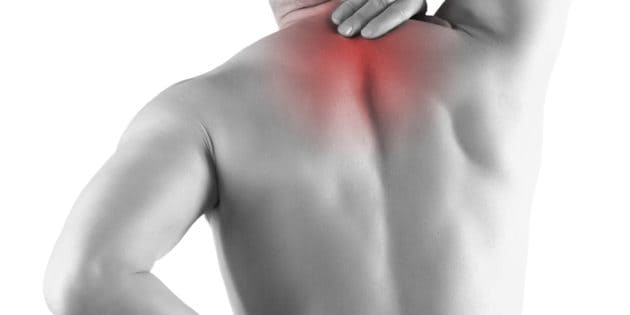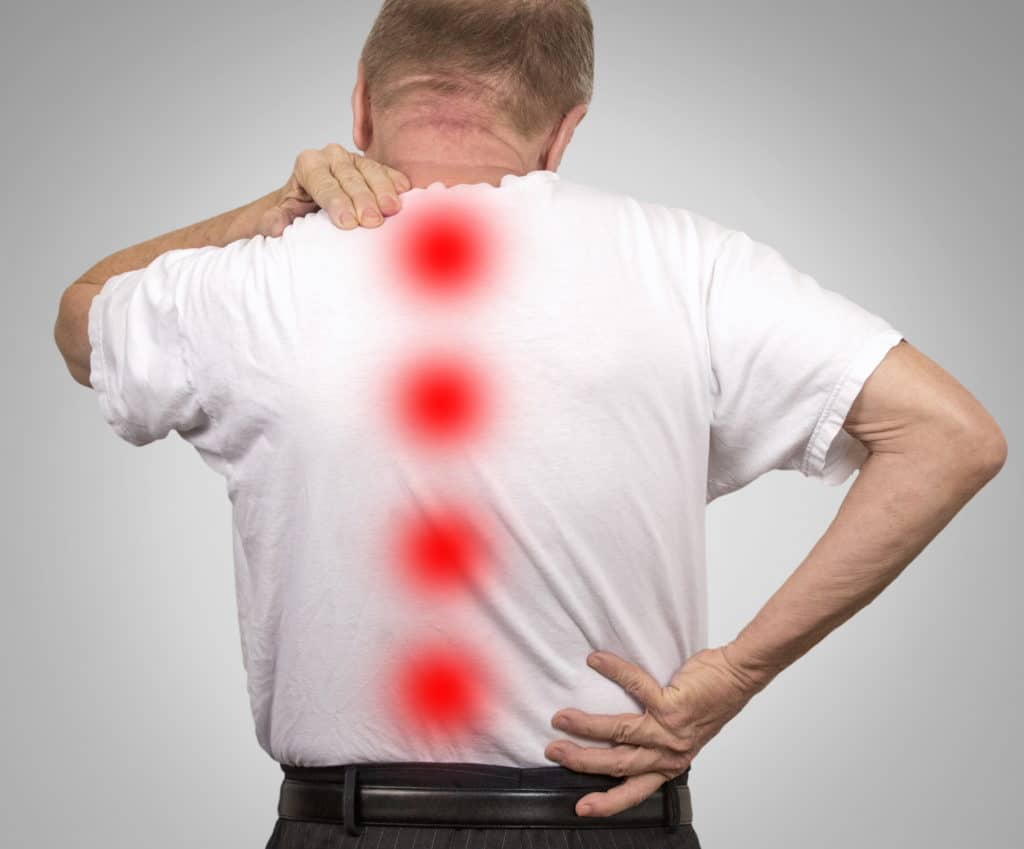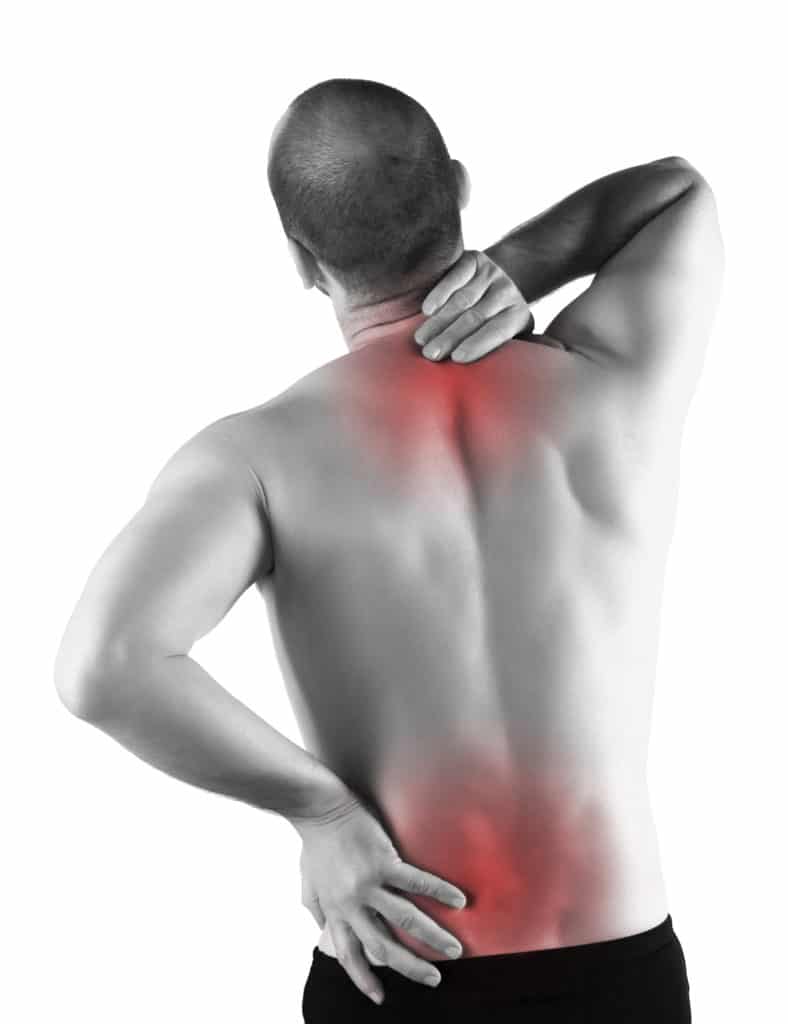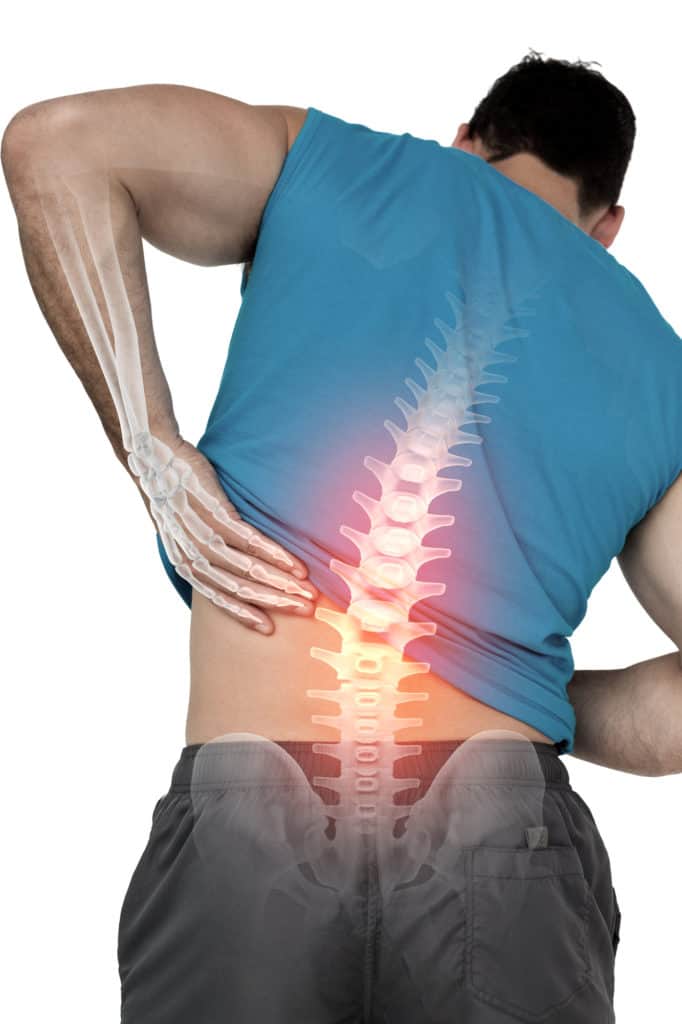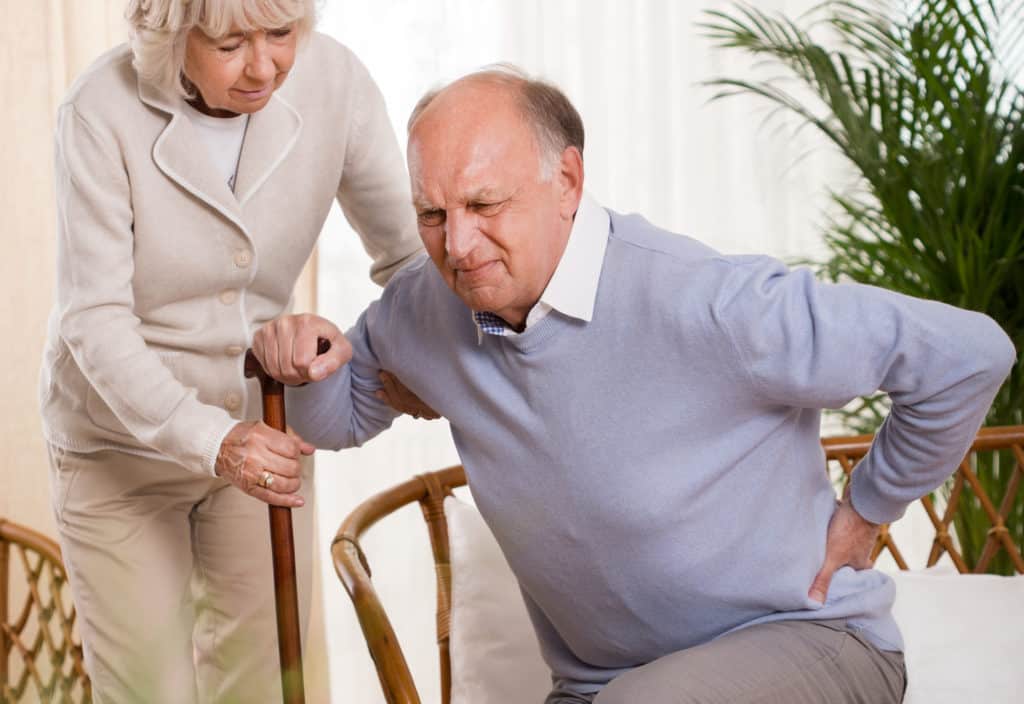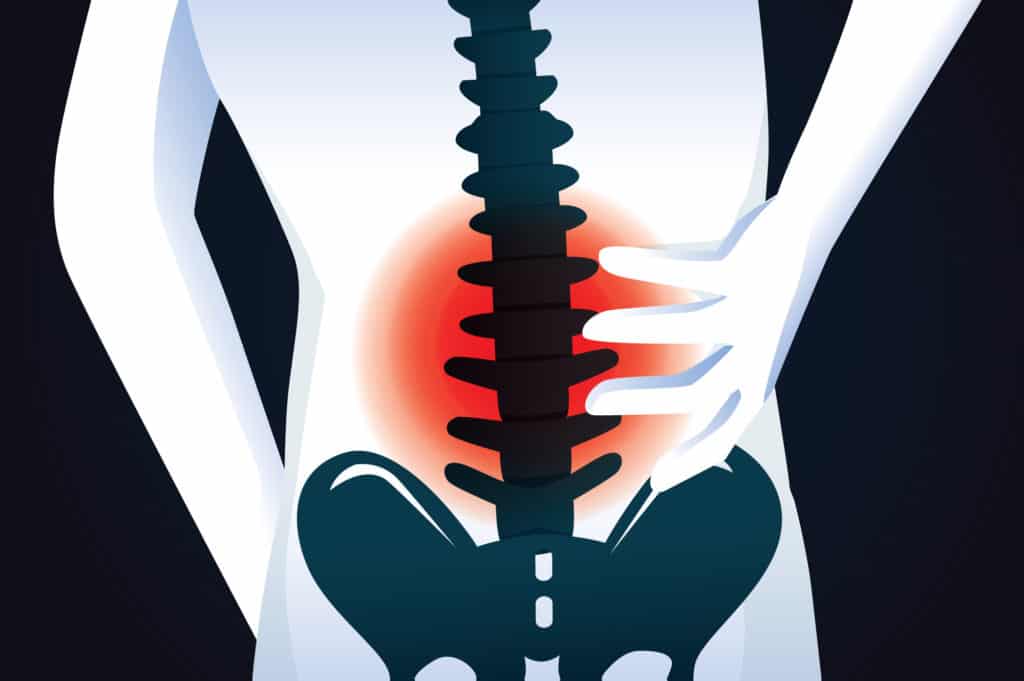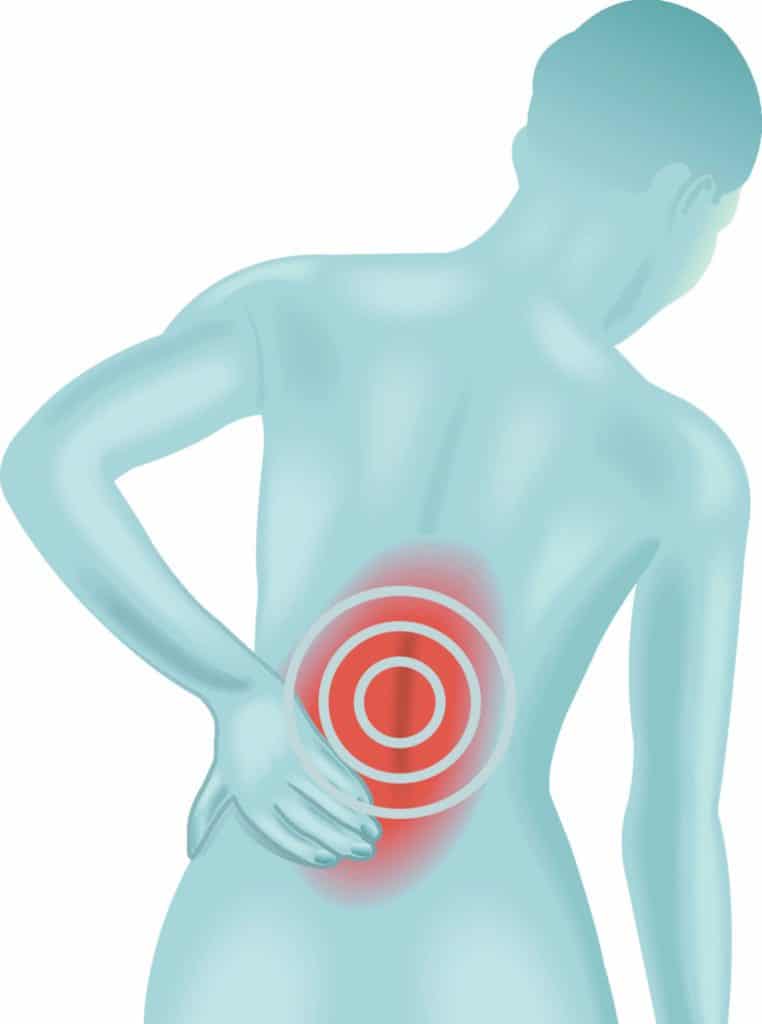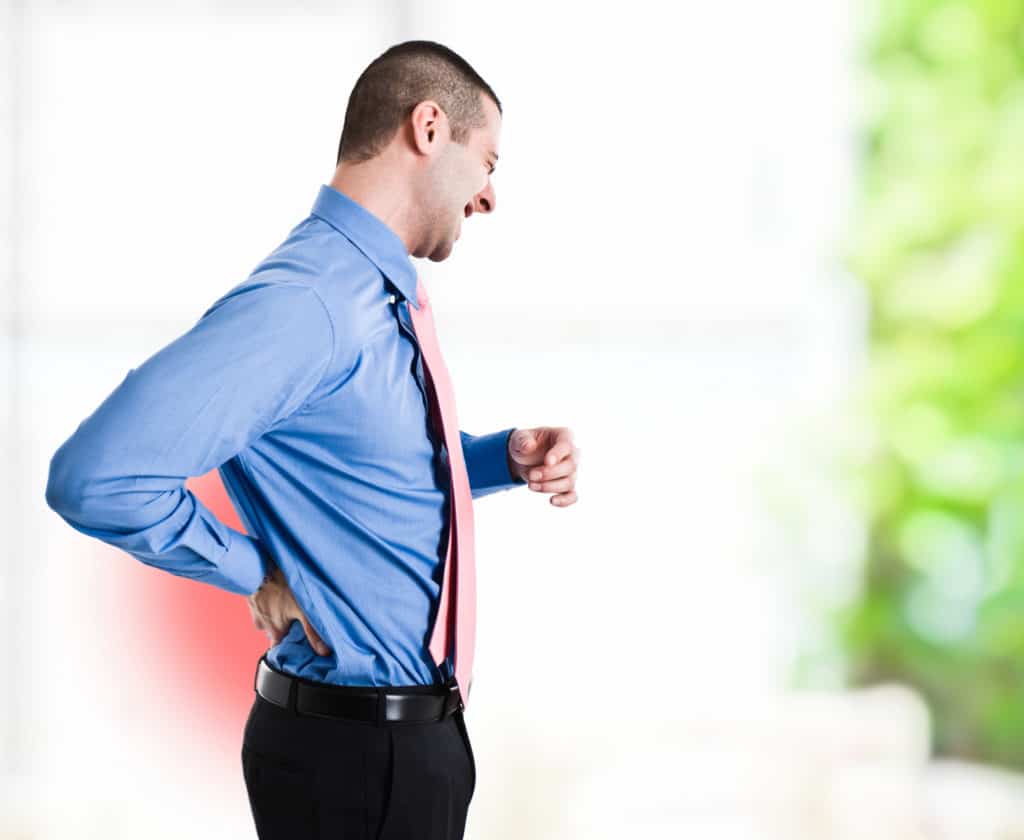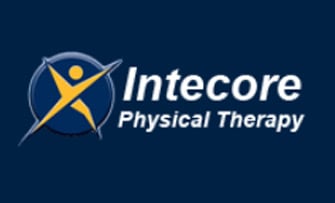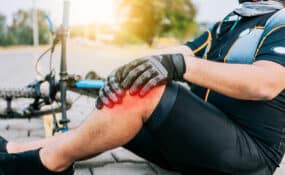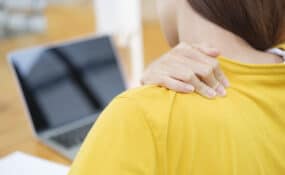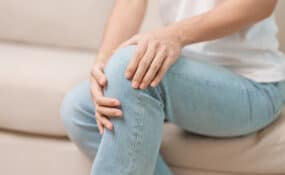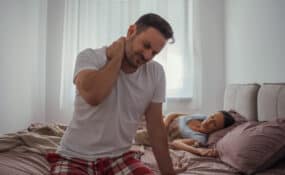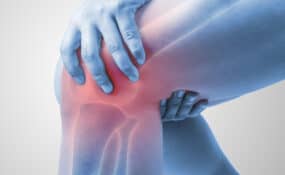Do you or someone you love have stenosis of the spine?
If you’re not 100% sure what stenosis of the spine is at this point, it is when the space between the spine begins to narrow – for one of a multitude of different reasons that we’ll come to later. This narrowing can lead to pressure on the nerves that pass through your spinal cord.
In physical therapy practice and the medical community, we refer to this condition and the narrowing of the spine as “spinal stenosis.”
Spinal Stenosis can occur anywhere in the back, but in our experience, stenosis of the spine tends to occur most commonly in the neck and lower back.
While the symptoms of stenosis of the spine may not be noticeable in some people in the condition’s early stages. Others feel weakness, pain, tingling, and numbness that worsens and becomes more severe over time.
The condition mainly occurs due to wear and tear relating to aging and the onset of osteoarthritis.
We can manage it conservatively. But in cases of chronic and severe stenosis, you may need surgery to widen the gap inside your spine to reduce the pressure on your nerves and relieve the pain.
The Different Types of Spinal Stenosis
We use the term “spinal stenosis” to categorize the location where it occurs. But you can have more than one type of spinal stenosis. The two main types are:
- Lumbar stenosis: This type of spinal stenosis is the most common kind, with the telltale gap in the spine within the lower back region.
- Cervical stenosis: This type of spinal stenosis refers to presentations when the condition-specific gap in the spine is in the neck region.
What Are The Symptoms of Spinal Stenosis?
As we mentioned, some people don’t exhibit any symptoms of spinal stenosis, and they only discover their condition during CT or MRI Scans for other problems. This lack of symptoms is usually because the condition begins gradually but deteriorates over time.
Also, the specific symptoms that each patient presents with can differ wildly – due to particular nerves affected and the location of the stenosis (narrowing of the spine).
So, we’ve listed the symptoms of spinal stenosis according to the different regions of the body that it may affect.
Cervical Spine (Neck Region)
-
-
- Pain in the neck region
- Balance issues and difficulty walking
- Numbness or weakness in leg/ arm/ foot / hand
- In severe cases, patients may suffer from fecal or urinary incontinence.
-
Lumbar Spine (Lower Back Symptoms)
-
- Sudden weakness in leg or foot
- Tingling sensation in a leg or foot
- Patients may also experience cramps or pain in a leg/s while walking or standing. However, the pain usually subsides when sitting or bending forwards.
- Pain in the lower back area
What Causes Spinal Stenosis?
There are various reasons why someone might develop spinal stenosis. They include:
Spinal Injuries:
Any significant trauma can lead to fractures/ dislocations of a single vertebra or more.
In addition, the displaced bone splint can reduce the spinal canal space. Specifically, those who undergo back surgery may experience swelling that can cause pressure on the nerves or spinal cord and lead to spinal stenosis.
Bone Overgrowth:
Aging combined with the degenerative effects of osteoarthritis can specifically lead to wear and tear of bones of the spinal cord, leading to the growth of bone spurs.
These spurs grow and obstruct the spinal canal. Similarly, Paget’s disease, which affects the bones in adults, can lead to bone overgrowth and, ultimately, spinal stenosis.
Ligament Thickening:
The ligaments that are tough cord-like structures that bind the spinal bones together can thicken and get stiff with age.
Consequently, they can protrude into the spinal canal and cause spinal stenosis.
A Herniated Disk:
The soft gel-like material inside our spinal disks cushions any jerks or shocks that might occur between the vertebrae. But they can dry out with aging.
So if there is a crack on one of the disks, some of the inner gel-like material can bulge out and create pressure on the surrounding nerves or the spinal cord and cause pain.
Formation Of Tumors:
In some patients, benign or malignant tumors can grow in the membranes covering the spine or within the vertebrae and spinal cord space.
These abnormal growths are rare and usually appear on a CT or MRI Scan.
Who Is At Risk Of Developing Stenosis Of The Spine?
We tend to see spinal stenosis most often in patients over 50. While degenerative changes can and do occur in younger people, these instances are primarily due to underlying medical conditions.
Some of the causes of the type of younger-onset spinal stenosis include genetic conditions that impact muscle and bone development, scoliosis (spinal deformity since birth), and severe trauma. In these cases, we confirm the exact cause using spinal imaging.
While uncommon, patients suffering from severe spinal stenosis may develop the following serious complications:
- Paralysis
- Incontinence
- Weakness and numbness in the body
- Balance issues
How We Diagnose Spinal Stenosis
To confirm a diagnosis of spinal stenosis, we check your medical history and ask about your symptoms. We also conduct a thorough physical evaluation to check for signs and symptoms of the condition.
In addition to these in-clinic tests, you may also need the following medical tests to determine the exact cause:
- Imaging tests for spinal stenosis
- CT or CT myelogram: A CT scan combines x-ray images from various angles to produce clear and detailed body images. For those that need to take a CT myelogram, a contrast dye is also administered via an injection, and a CT scan is taken. The dye can further define the nerves and (rarely) highlight spinal cord tumors, herniated disks, or bone spurs.
- X-rays: X-rays help us identify any changes in the spinal cord bones, like bone spurs, that could cause narrowing in the spinal canal.
- MRI (Magnetic resonance imaging): An MRI scan involves combining a powerful magnet with radio waves to create cross-sectional spinal images. It can determine if there is any damage to ligaments or spinal disks and reveal tumors. It is also helpful in locating any pinched nerves or nerves under pressure.
How To Get Relief From Stenosis Of The Spine
The treatment for spinal stenosis depends on the location of the narrowing of the spine and any of the affected nerves and other delicate structures.
So, the treatment is very patient-specific. If your symptoms are mild, you may not require much treatment other than physical therapy.
Physical Therapy keeps you fit, healthy, mobile, and free from progressive and worsening symptoms. Your doctor may initially prescribe pain pills to treat the pain.
Still, the goal of physical therapy is to restore function and mobility and reduce pain without invasive treatments or pain medications.
Pain medication may include painkillers and anti-inflammatory tablets (for a limited period only) to alleviate pain and swelling.
However, use over an extended period can lead to serious side effects. In addition, many patients who suffer from chronic pain due to spinal stenosis also suffer from anxiety and depression.
If this is the case, anti-depressant medications may also be used, which can sometimes positively affect pain levels.
Your doctor may also consider recommending anti-seizure medication or certain types of opioids to help in pain control for severely damaged nerves.
However, you can only use these medications for a short period because of the risk of dependency and addiction.
Surgery may be required as a last resort when other more conservative treatments do not work effectively in severe cases.
Surgery is only ever recommended for extreme cases when stenosis of the spine causes a severe lack of mobility and affects the quality of your daily life.
Doctors only perform this surgery when all other treatment methods have been exhausted.
Physical Therapy For Spinal Stenosis
Physical therapy is one of the most effective treatments for spinal stenosis.
Why? Because it can reduce pain and inflammation and help you stay active and mobile – to prevent the progression of symptoms and an increase in pain.
Many patients with spinal stenosis find it challenging to stay active, which leads to muscle weakness and rigidity in the connective tissues that further exacerbates the pain and stiffness.
As well as reducing pain and inflammation, physical therapy can help you find relief from spinal stenosis symptoms in the following ways:
- Improves the flexibility of the spinal cord
- Restores balance and mobility
- Increases overall endurance and strength
So, if you or someone you love wants to find relief from the pain of stenosis in the spine, we can help. Book your free consultation now.
At Intecore Physical Therapy we pride ourselves on two main principles: Integrity of Care and Core Rehabilitation values. Our clinicians utilize their skills of these Core Rehabilitation values and use a detailed and personalized rehabilitation program to suit your needs.
Our skilled physical therapists can offer pre-operative and post-operative therapy as well as non-operative therapy for injuries that have occurred due to work, trauma, or overuse. At Intecore Physical Therapy we value the individual, not just a patient.
- Why Regular Body Maintenance is Crucial for Long-Term Health - April 21, 2024
- 3 Things Aggravate Knee Pain After Biking and How to Ease It - April 14, 2024
- Runners Knee Stretches: Top 5 Stretches Every Runner Needs to Know - April 7, 2024

